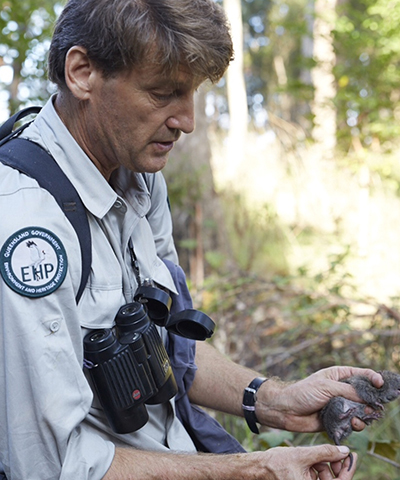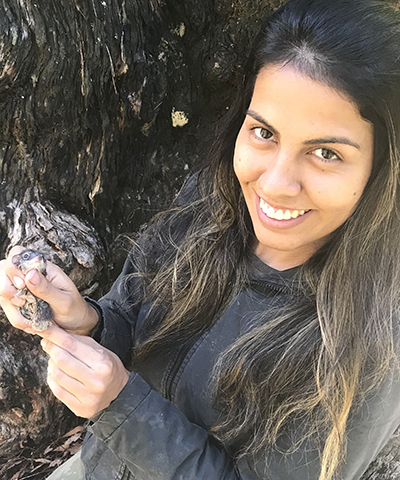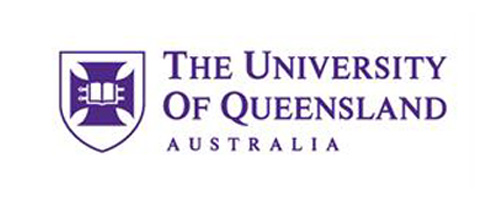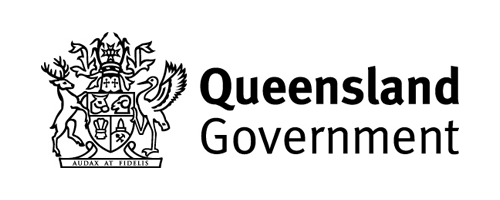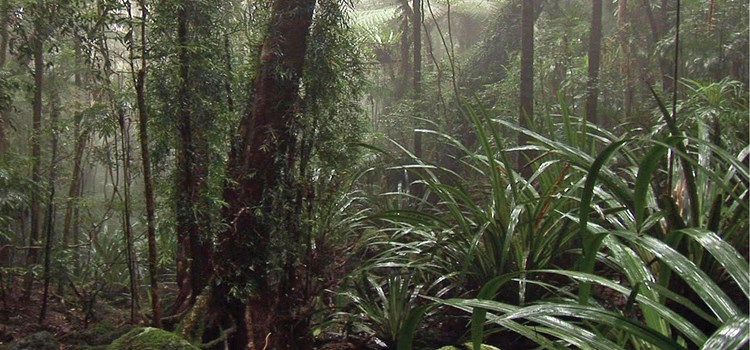
Project: 8.3.8
Survival and recovery of threatened animal species in fire-affected Gondwana Rainforests
Project Leaders: Diana Fisher , Andrew Baker
Research in Brief
This project aims to understand how and where threatened mammals, reptiles and frogs in the Gondwana Rainforest World Heritage Area of southern Queensland and northern New South Wales have been affected by the 2019–20 fires, which previously seldom burned. Based on survey and mapping data, we will recommend where to target management of fireaffected priority threatened species, including feral predator control, weed control and monitoring of recovery, with the goal to support their persistence in the Gondwanan Rainforest WHA.
Why is the research needed?
Threatened mammals, reptiles and frogs in the Mt Barney and Main Range National Parks of southern Queensland and northern New South Wales (e.g., Nightcap and Mt Nothofagus NPs) are likely to have been affected by the 2019–20 fires. With the Queensland Wildlife and Threatened Species Bushfire Recovery Expert Panel, we identified priority threatened species that are likely to be affected by these fires, including:
- black-tailed dusky antechinus (Antechinus arktos)
- spotted-tailed quoll (Dasyurus maculatus)
- Hastings River mouse (Pseudomys oralis)
- long-nosed potoroo (Potorous tridactylus)
- three-toed snake-toothed skink (Coeranoscincus reticulatus)
- rainforest cool-skink (Harrisoniascincus zia)
- Fleay’s barred frog (Mixophyes fleayi)
- red-and-yellow mountain frog (Philoria kundagungan)
Most of these species inhabit cool, moist upland areas and rainforest, which very rarely burns, and likely becomes unsuitable for these after severe fires. Management for recovery is made difficult by not knowing the extent to which each of these species has been affected, in which locations they need extra help to recover, and whether the fires may have altered their conservation status in this region.
How will the research help?
We will identify moderately and severely burned habitat, and likely refuge habitat for these species, using fire severity maps developed by the Queensland Department of Environment and Science (DES). We will initially focus on Mount Barney and Main Range, which were particularly severely affected by fires, and where all of the target species may occur.
This project is expected to support the persistence of fire-affected priority threatened species in the Gondwanan Rainforest World Heritage Area by providing:
- Locality and relative abundance data for populations of the eight priority threatened species persisting in fire-affected and unburnt refuges
- Recommendations of where it is most important and urgent to target management of these threatened species including feral predator control, weed control, water quality management, and monitoring of recovery
- Improved management of the listed species before, during and after extreme fires in the Gondwanan Rainforest WHA of south-east Queensland and north-east New South Wales.
What research activities are being undertaken?
We will use camera trapping, acoustic monitoring, and targeted searches for reptiles and frogs to find out whether these species are persisting in burned sites affected by different fire severity, at different elevations.
Focusing on the most likely locations identified by habitat models and past records, we will use motion-sensitive trigger camera trapping to survey burned areas, to detect the four threatened mammals Antechinus arktos, Potorous tridactylus, Pseudomys oralis, and Dasyurus maculatus. We will monitor using close-focus time-lapse camera trapping and systematic active searching in collaboration with the Queensland Museum to assess the two skink species, and use acoustic recorders to survey frog calls at each site. This project will also integrate with longer-term studies of Antechinus arktos and feral cat detection being carried out by a PhD student and honours student at Queensland University of Technology and an honours student at The University of Queensland in 2021. Finally, we will develop a longer term study to follow-up recovery and persistence of all threatened species detected.
Who is involved?
This project involves a collaboration between researchers from The University of Queensland, Queensland University of Technology, the Queensland Department of Environment and Science, and the Queensland Museum and their extended networks.
Where is the research happening?
The research will take place in the following national parks: Lamington, Mt Barney and Main Range.
When is the research happening?
The project will run from January 2020 to June 2021.
More Information
For more information please contact:
Diana Fisher d.fisher@uq.edu.au
Top image:Cool, high-elevation rainforest typical of the Gondwana Rainforest World Heritage Area of southern Queensland and northern New South Wales. Image: Leanne White, Department of Environment and Science
-
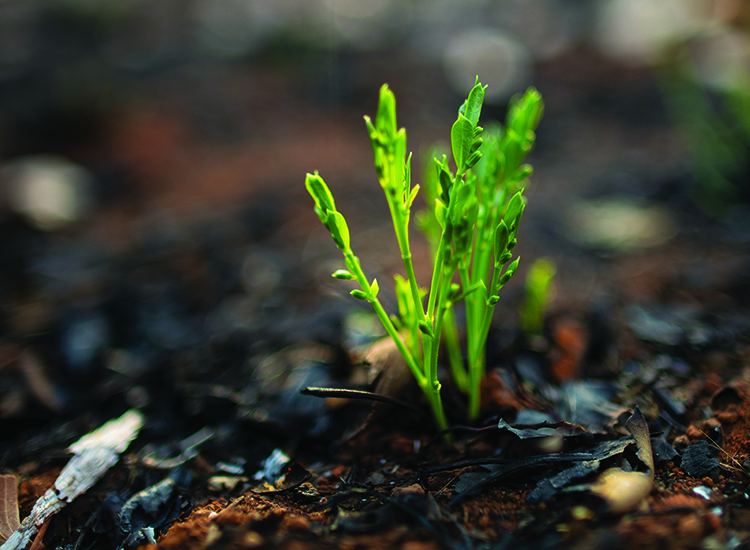
From the ashes: The 2019–20 wildfires and biodiversity loss and recovery
Monday, 31 August 2020 -
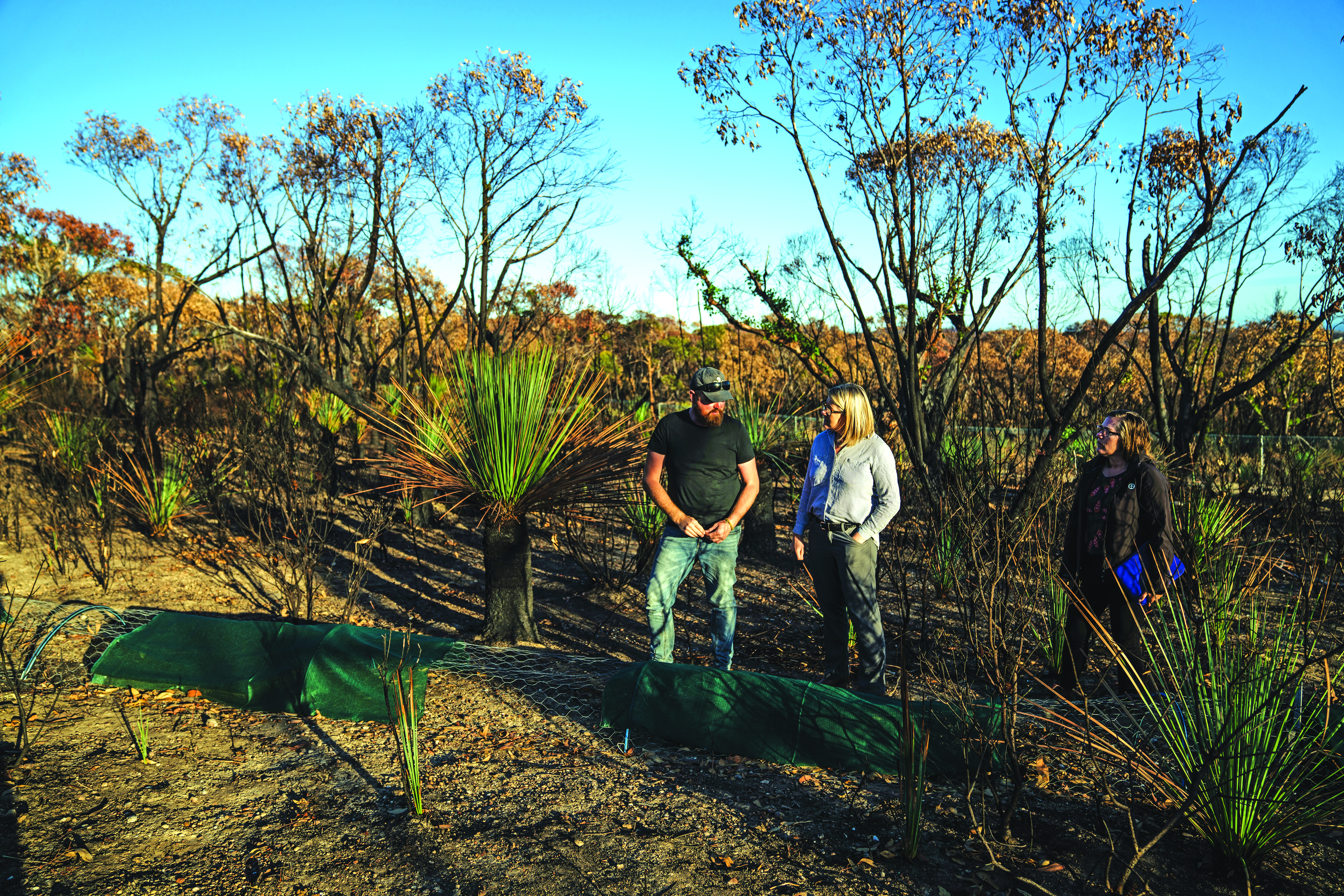
Rapid action to save species after the fires
Monday, 31 August 2020 -
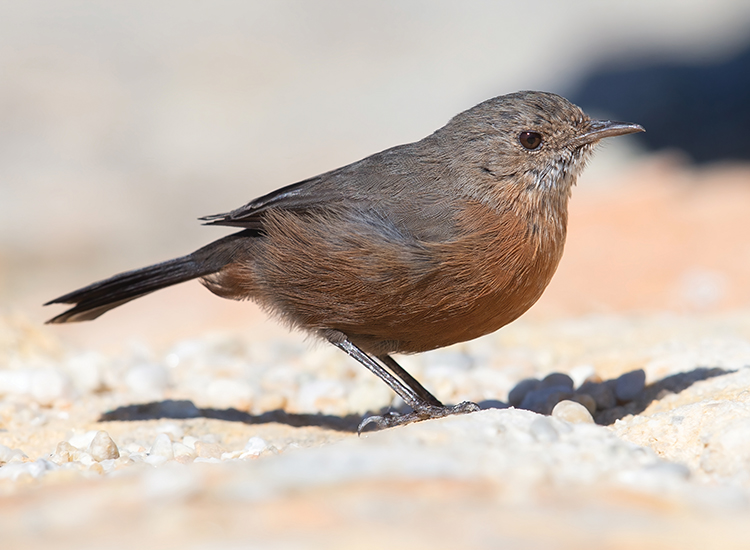
Protecting persistence: Listing species after the fires
Tuesday, 01 September 2020 -
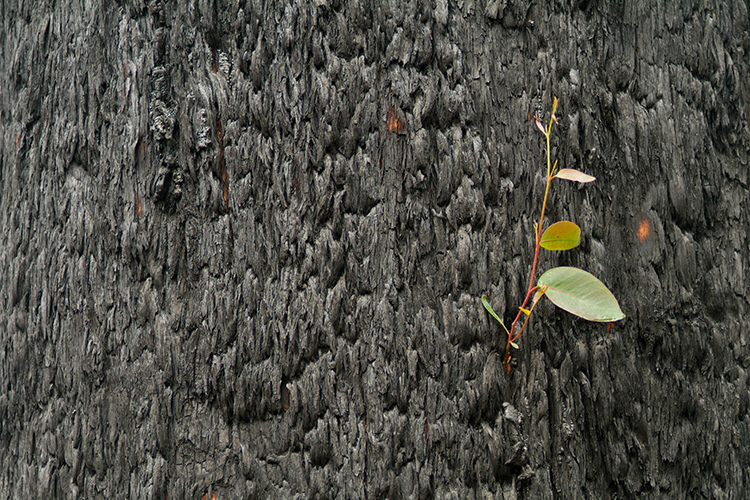
A conservation response to the 2019-20 wildfires
Tuesday, 21 January 2020



